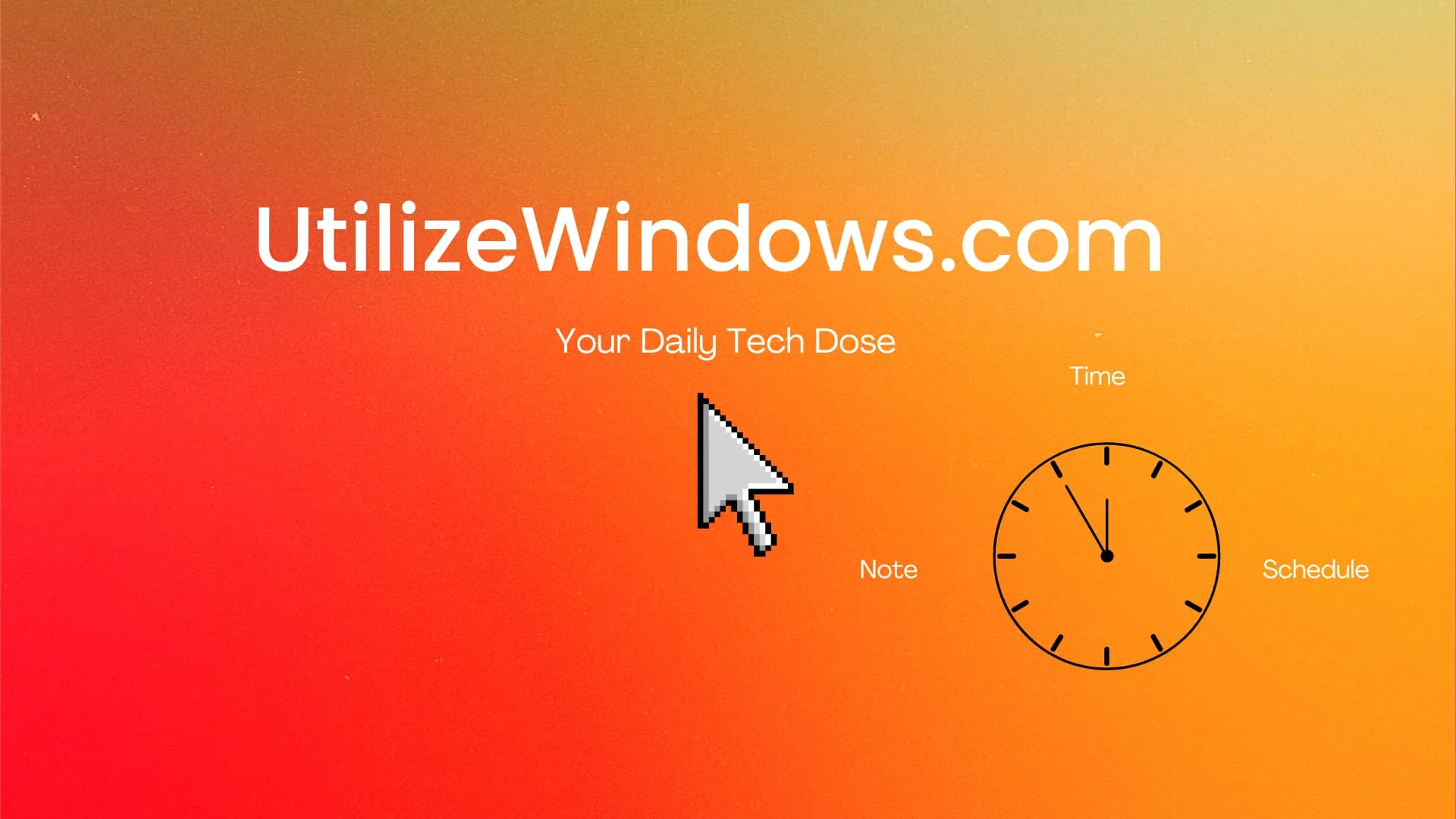Before you start
Objectives: learn about available pre-configured consoles, how to open and use pre-configured and also how to create custom Microsoft Management Consoles.
Prerequisites: you have to know what is Microsoft Management Console.
Key terms: microsoft management console, mmc, pre-configured console, computer management console, custom console
Pre-configured Console
Computer Management Console
Let’s take a look at pre-configured MMC that ships with our Windows XP. Go to Administrative tools (in Control Panel, or your Start Menu or All Programs menu if you have created shortcut), and click on the Computer Management. The following window opens:

Image 118.1 – Computer Management MMC
Icons on the left group individual tasks. Each icon is a Snap-in that lets us work with related configuration values. For example,Event Viewer is a snap-in that we can use to view system messages.

Image 118.2 – Event Viewer Snap-in
Pre-configured Consoles
Available pre-configured consoles are:
- Certificates – certmgr.msc
- Component Services – comexp.msc
- Computer Management – compmgmt.msc
- Device Manager – devmgmt.msc
- Disk Defragmenter – dfrg.msc
- Disk Management – diskmgmt.msc
- Event Viewer – eventvwr.msc
- Group Policy – gpedit.msc
- Indexing Service – ciadv.msc
- Local Security Settings – secpol.msc
- Local Users and Groups – lusrmgr.msc
- Performance – perfmon.msc
- Removable Storage – ntmsmgr.msc
- Removable Storage Operator Requests – ntmsoprq.msc
- Resultant Set of Policy – rsop.msc
- Services – services.msc
- Shared Folders – fsmgmt.msc
- Windows Management Infrastructure (WMI) – wmimgmt.msc
The majority of the pre-configured XP consoles are set to work on the local machine by default, but if we have the appropriate permissions, consoles can be used to administer remote computers. We can right-click on Snap-in and select Connect (not every Snap-in supports this), and enter the name of the remote computer we want to manage (or select Browse if we don’t know the name).
Custom Console
Go toStart Menu, and then click on Run. In Run dialog, type in mmc and click OK.

Image 118.3 – Run dialog
The following window will open:

Image 118.4 – Empty MMC Console
Notice that this MMC is blank. It only contains Console Root object which we can rename as we like. Just right-click it and click Rename. We can now add snap-ins. To do that, we must go to the File menu and click on Add/Remove Snap-in, and then clickAdd… New window opens and now we can select which Snap-ins we want to see in our MMC (we can select multiple Snap-ins). After we are done selecting, we click on Close, and OK.

Image 118.5 – Adding MMC Snap-in
Our console now looks like this:

Image 118.6 – Custom MMC
To save this Snap-in, go to the File menu, and select Save. Notice the folder in which the new Snap-in will be saved (it’s Administrative Tools). Write the name of your console, and click Save. Microsoft Management Consoles use the extension .mscwhich stands for Microsoft Common Console Document (MCCD). If we go back to Administrative tools in Control Panel, notice that we don’t see our newly created console. But, if we create shortcut to Administrative Tools in our All Programs menu, we will see our custom Snap-in in Administrative Tools there.
